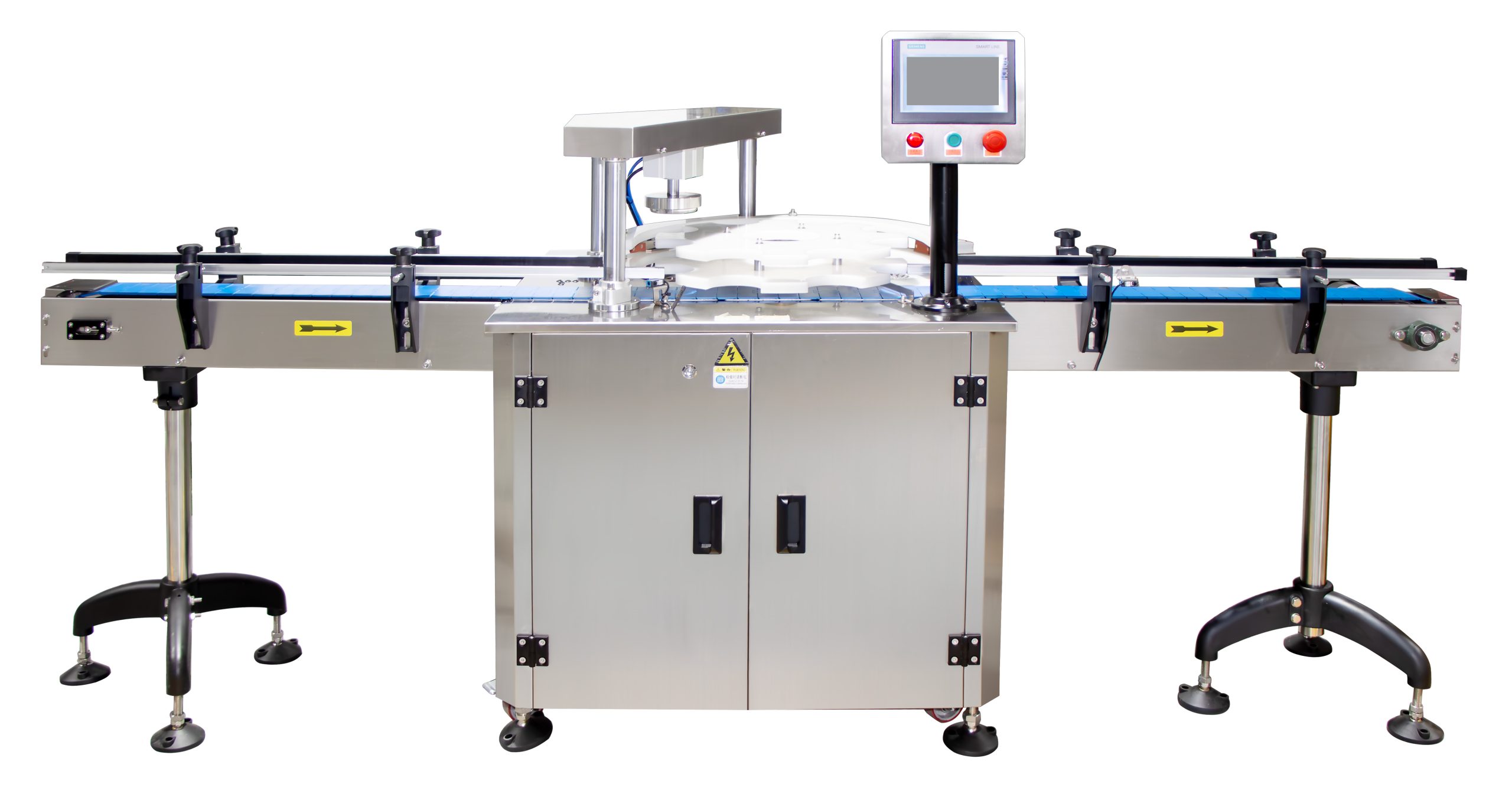Top 10 Ways to Use Tin Cans in Your Flanger Equipment Setup
Tin cans are a versatile and inexpensive material that can be used in a variety of ways, including in your flanger equipment setup. Flanger equipment is essential for creating unique and dynamic sound effects in music production, and tin cans can be a valuable addition to your setup. In this article, we will explore the top 10 ways to use tin cans in your flanger equipment setup.
One of the most common ways to use tin cans in your flanger equipment setup is as a resonator. By attaching a tin can to the end of a microphone stand or boom arm, you can create a unique and resonant sound that can be manipulated with your flanger pedal. The hollow body of the tin can amplifies the sound and adds a metallic quality that can be perfect for creating spacey and atmospheric effects.
Another way to use tin cans in your flanger equipment setup is as a percussion instrument. By attaching tin cans to a drum kit or percussion setup, you can create a unique and unconventional sound that can add depth and texture to your music. The tin cans can be struck with drumsticks or mallets to create a metallic and resonant sound that can be manipulated with your flanger pedal for added effect.
Tin cans can also be used as a makeshift microphone enclosure in your flanger equipment setup. By placing a microphone inside a tin can and sealing the opening with a pop filter or mesh screen, you can create a unique and lo-fi sound that can be processed with your flanger pedal. The tin can enclosure adds a layer of distortion and coloration to the sound, resulting in a gritty and raw tone that can be perfect for experimental music production.

In addition to using tin cans as resonators, percussion instruments, and microphone enclosures, you can also use them as sound modifiers in your flanger equipment setup. By placing tin cans in front of amplifiers or speakers, you can create a reflective surface that can alter the sound waves and add a metallic quality to the sound. This can be especially effective when combined with your flanger pedal, as it can create swirling and dynamic effects that can add depth and movement to your music.
Tin cans can also be used as DIY effects pedals in your flanger equipment setup. By attaching tin cans to footswitches or control knobs, you can create custom effects pedals that can be used to manipulate the sound of your flanger pedal. The tin cans can be filled with different materials, such as rocks or coins, to create unique and unpredictable effects that can add a touch of randomness and chaos to your music.
Another creative way to use tin cans in your flanger equipment setup is as a sound diffuser. By placing tin cans around a room or studio space, you can scatter and reflect sound waves in different directions, creating a more immersive and dynamic listening experience. This can be especially effective when recording or mixing music, as it can help to create a sense of space and depth in your recordings.
Tin cans can also be used as resonant filters in your flanger equipment setup. By attaching tin cans to the input or output of your flanger pedal, you can create a resonant filter that can be used to shape and sculpt the sound of your music. The hollow body of the tin can acts as a resonant chamber that can emphasize certain frequencies and add a unique tonal quality to your music.
In conclusion, tin cans are a versatile and creative material that can be used in a variety of ways in your flanger equipment setup. From resonators and percussion instruments to sound modifiers and DIY effects pedals, tin cans can add a unique and unconventional element to your music production. By experimenting with different ways to use tin cans in your setup, you can unlock new possibilities and create innovative and dynamic sound effects that can take your music to the next level.







